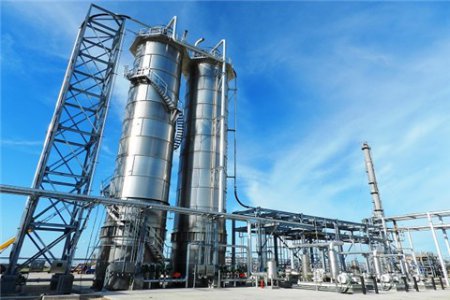Cutback Bitumen
Cutback Bitumen
1 product description
Bitumen is ‘cutback’ by adding controlled amounts of petroleum distillates, such as kerosene. This is done to reduce the viscosity of the bitumen temporarily so it can penetrate pavements more effectively or to allow spraying at temperatures that are too cold for successful sprayed sealing with neat bitumen. The materials used to cutback bitumen will evaporate after application to leave the remaining material similar in hardness to the original bitumen. Cutback bitumen is used when there is limited access to heating equipment and bitumen may be cooled throughout working. This type of bitumen is used in road operations for surfacing and pavement. Medium-Curing (MC) bitumen is achieved from solving pure bitumen into kerosene. Cutback bitumen is classified based on viscosity grade. It is divided into three categories:
Rapid-Curing (RC) : The cutback bitumen is known as rapid-curing (RC) if the bitumen is solved in gasoline. The reason is that evaporation occurs quickly and the bitumen is deposited.
Medium-Curing (MC) : MC cutbacks are prepared by solving bitumen in kerosene which evaporates more slowly than gasoline.
Slow-Curing (SC) : Slow-curing cutback may be achieved from solving bitumen in gasoil or fuel oil or directly from distillation of crude oil.
2 applications
...


| Test | Method | MC-250 |
| Kinematic Viscosity at 60 C | ASTM D-2170 | 250-500 |
| Penetration at 25 C, mm/10 | ASTM D-5 | 120-250 |
| Ductility at 25 C, cm | ASTM D-113 | 100 min |
| Flash Point (TOC), C | ASTM D-3143 | 250 min |
| Solubility in triclorethylene, %wt | ASTM D-2042 | 99 min |
| Water Content, %wt | ASTM D-95 | 0.2 max |
| Distillation at 225 C, vol% | - | 10 max |
| Distillation at 260 C, vol% | - | 15-55 |
| Distillation at 316 C, vol% | - | 60-87 |
| Residue from distillation at 360 C, vol% | - | 67 min |




